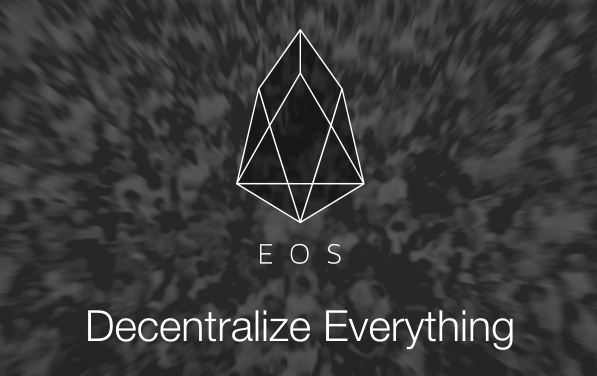People who have kept an eye on the cryptocurrency ecosystem over the past few weeks will have noticed that the EOS project is of great interest all of a sudden. At the same time, there seems to be some confusion as to what makes this project and its native token valuable at this stage. For a project claiming to be the most powerful infrastructure for decentralized applications, the expectations are certainly high. Whether or not the team can deliver on this vision in the future is impossible to predict right now.
An Overview of the EOS Project
For those who are unaware of what EOS has to offer, now is a good time to explore this project a bit further. First and foremost, EOS positions itself as the most powerful infrastructure in existence for decentralized applications. Ever since Ethereum got a lot of traction, the DApps ecosystem has suddenly become a lot more popular. There are a lot of different applications to be built on top of blockchain technology, as we have yet to explore what this technology is truly capable of. With more developers focusing on blockchain, things will get a lot more interesting in the future.
How EOS will factor into all of this remains to be determined. The team has focused on the critical pillars of blockchain which most other cryptocurrencies seem to be struggling with right now. Scalability, for example, is very hard to come by in the world of cryptocurrency these days. There are very few currencies which have a relatively stable network in this regard, let alone one that is future-proof. EOS wants to support thousands of commercial-scale DApps in the future, which is quite ambitious.
For such a platform to work, there will need to be parallel execution, asynchronous communication, and authentication separated from execution. Checking all of those boxes will not be easy, even for the EOS team. Furthermore, according to its whitepaper, EOS will also provide flexibility, which is something current blockchain solutions seem to struggle with.
Last but not least, projects like these will stand or fall based on their usability. EOS is working on self-explanatory interfaces, database schemes, and permissions schemes. Moreover, they have a web toolkit for interface development, which will certainly attract a lot of positive attention in the future. One has to keep in mind that all of this is still in the very early stages of development, and there is still plenty of work to be done before EOS can start to flex its proverbial muscles.
EOS also set an interesting precedent when it came to its token sale. More specifically, the team decided not to employ a predetermined price, but to instead use a market demand-based price. Right now, the value of EOS is skyrocketing, and it is unlikely that situation will change anytime soon. Users can still buy EOS tokens as of right now, assuming they are not from the US and agree to the entire investment agreement. It is well worth going over all of these aspects properly, as there could always be some conflicting statements which cause confusion.
With an ICO distribution spanning 341 days, it is evident EOS is not your average project. Whether or not the team’s approach will be considered to have been a smart move is anybody’s guess. It is evident there are a ton of tokens being bought and sold right now. If this trend keeps up, the company will sell all of their 1 billion EOS before the distribution phase is over. With a current price of over US$13 per token, the company has high expectations to live up to in the near future.

